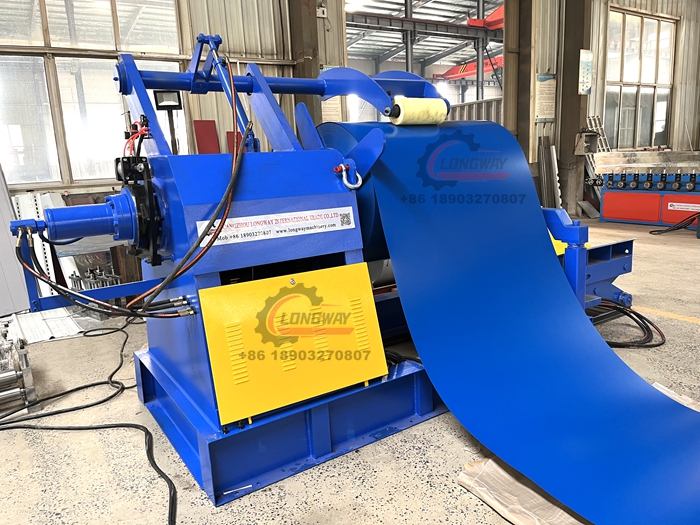Cost Factors for Custom Roll Forming Machines Explained
Understanding the Custom Cost of Roll Forming Machines
Roll forming is a highly efficient process used to create metal shapes with long lengths and consistent cross-sections. Roll forming machines play a key role in various industries, including construction, automotive, and manufacturing. However, when considering investing in these machines, it's crucial to understand the custom costs associated with them.
Factors Influencing Custom Costs
1. Design Complexity The more intricate the design of the roll formed parts, the higher the custom cost. Complex shapes may require specialized tooling and additional setup times, contributing to increased expenses. This design phase is critical, as it often dictates the overall efficiency of the production process.
2. Material Choice The type of material used in the roll forming process can significantly impact custom costs. Steel, aluminum, and other alloys vary in price and availability. Additionally, materials with specific properties, such as corrosion resistance or enhanced structural integrity, may come at a premium. It’s essential to choose materials carefully, considering both performance and budget.
3. Tooling and Die Costs The tooling required for roll forming machines is a significant investment. Custom dies are necessary for shaping the material, and the manufacturing of these tools can be time-consuming and costly. Typically, a standard die may range from a few thousand dollars to tens of thousands, depending on complexity and precision requirements.
4. Production Volume Custom costs can also fluctuate based on the volume of production. Higher volumes generally lead to lower per-unit costs since the initial setup and tooling expenses are spread over more pieces. In contrast, low-volume production might not justify the initial investment in custom tooling, leading to higher costs per unit.
custom cost of roll forming machine

5. Machine Specifications The specifications of the roll forming machine itself can vary widely. Machines capable of handling thicker materials or those designed for high-speed production often cost more. Custom machines may need to be tailored to fit specific production environments or to accommodate unique material types.
6. Industry-Specific Requirements Certain industries have regulations and standards that must be adhered to during production. Compliance with industry standards can add to the customization process, leading to higher costs. In sectors such as automotive or aerospace, where precision is paramount, the cost of meeting these stringent requirements can be significant.
Calculating Total Custom Costs
When evaluating the custom costs of a roll forming machine, it’s important to consider not just the initial purchasing price but also ongoing operational costs. Maintenance, energy consumption, and labor costs associated with operating the machine can impact the overall investment. Careful budgeting for these expenses will give a clearer picture of the machine's true cost-effectiveness.
Conclusion
Investing in a custom roll forming machine can be a strategic decision for manufacturers looking to enhance efficiency and product quality. However, it requires a comprehensive understanding of the various factors influencing custom costs. By assessing design complexity, material choice, tooling requirements, production volume, machine specifications, and regulatory compliance, manufacturers can make informed decisions that align both with their operational needs and budget constraints. This careful consideration will ensure that the investment results in significant returns through improved production capabilities and reduced long-term costs.
-
Roof Panel Machines: Buying Guide, Types, and PricingNewsJul.04, 2025
-
Purlin Machines: Types, Features, and Pricing GuideNewsJul.04, 2025
-
Metal Embossing Machines: Types, Applications, and Buying GuideNewsJul.04, 2025
-
Gutter Machines: Features, Types, and Cost BreakdownNewsJul.04, 2025
-
Cut to Length Line: Overview, Equipment, and Buying GuideNewsJul.04, 2025
-
Auto Stacker: Features, Applications, and Cost BreakdownNewsJul.04, 2025
-
Top Drywall Profile Machine Models for SaleNewsJun.05, 2025








